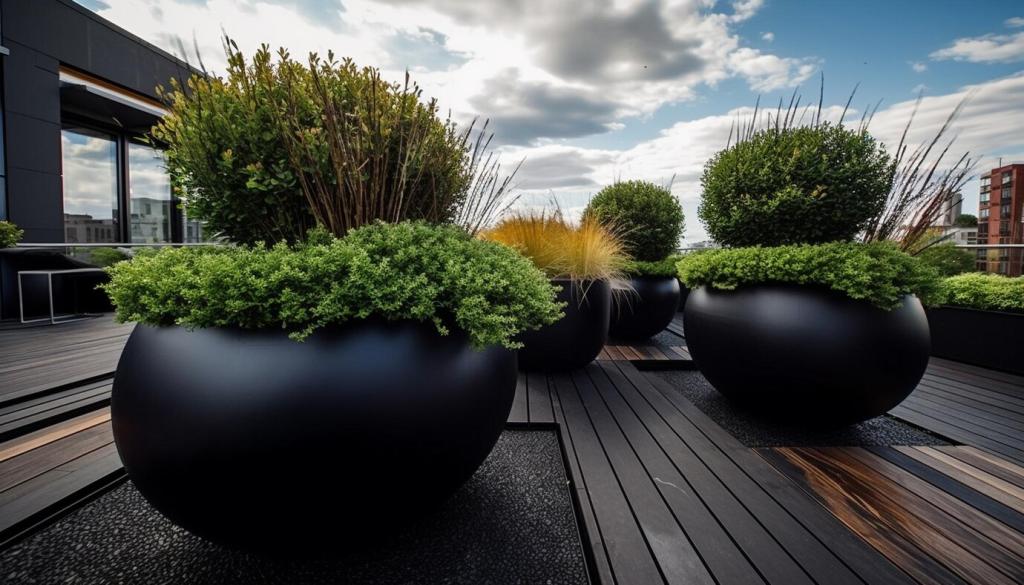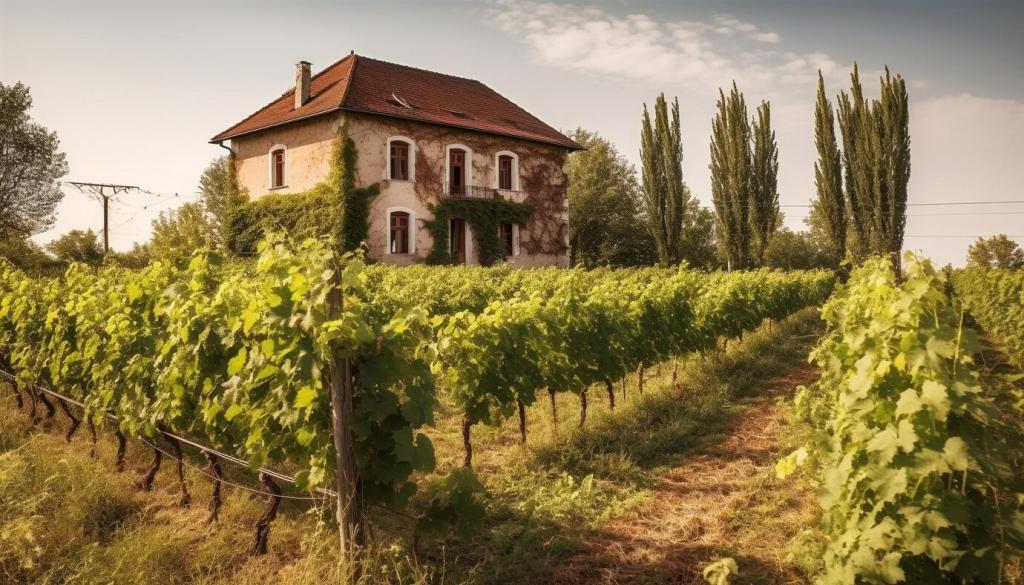Chosen theme: DIY Vertical Garden Ideas. Welcome to a lush little world where walls bloom, balconies become edible, and small spaces stretch skyward. Explore practical, creative, and budget-friendly ideas, then join our community by sharing your photos, questions, and vertical victories.
Start Smart: Planning Your DIY Vertical Garden
Track sunlight for a week to learn your true exposure, then note windy corners and where runoff will land. This helps you place thirstier plants lower, tougher plants higher, and protect neighbors or floors from unwanted drips and stains.
Creative Structures from Everyday Materials
Choose heat-treated pallets marked “HT,” sand rough spots, and staple landscape fabric behind slats to create pocket planters. Secure the pallet to studs or a freestanding base. Share your pallet finds and we’ll feature standout builds in upcoming posts.
Plants That Thrive in Vertical Homes

Basil, mint, parsley, thyme, lettuce, and arugula love shallow pockets and frequent harvests. Tuck cilantro where mornings are cool, and let trailing strawberries spill over edges. Tell us your best herb pairings, and we will test them side-by-side.


Soil, Water, and Feeding Simplified
Use a light, fluffy potting blend with coco coir, perlite, and compost for moisture balance and drainage. Avoid dense garden soil that compacts and starves roots of air. Mix in slow-release fertilizer for steady growth without constant feeding.
Soil, Water, and Feeding Simplified
Install a simple drip line with a timer, or build wicking reservoirs for pockets. Collect runoff in a tray to gauge needs and protect surfaces. Whenever possible, use rainwater, and irrigate early to minimize evaporation and leaf disease.
Design That Delights in Small Spaces
Arrange plants in diagonal waves for movement, and alternate fine and bold foliage for depth. Create a gradient from silvery greens to deep emeralds, then add one accent bloom line. Share your layouts and tag us to inspire fellow growers.


Design That Delights in Small Spaces
Maya, a studio dweller, used a pegboard frame and a canvas shoe organizer to grow herbs, nasturtiums, and dwarf tomatoes. She swapped geraniums for trailing nasturtiums, and butterflies arrived within a week. Her morning coffee spot now smells like basil.
Upcycle Like a Pro
Hunt for pallets, wooden crates, shutters, and ladders at reuse centers. Clean, sand, and seal reclaimed wood; avoid painted pieces with unknown finishes. Share your thrift scores, and we will build a community gallery of clever vertical conversions.
Cost Breakdown and Priorities
Invest in strong anchors, quality potting mix, and a reliable watering setup. Save on containers by upcycling. Start small, learn your microclimate, then scale. Your future self will thank you for durable infrastructure and fewer emergency fixes.
Eco Choices That Matter
Choose peat-free mixes, native plants, and pollinator-friendly flowers. Capture rainwater in small barrels where allowed, and reuse rinse water on ornamentals. Compost trimmings, and avoid overfertilizing to prevent runoff. Share your favorite low-waste hacks with the community.
Care Calendar and Troubleshooting
Check moisture by lifting planters to feel weight, prune lightly, and rotate sun-hungry pots. Wipe dust from leaves, and clear any clogged drain holes. Comment with your maintenance schedule to help others fine-tune their weekly routine.


Care Calendar and Troubleshooting
Yellowing leaves suggest overwatering or nutrient imbalance; lighten watering and add a gentle feed. Leggy growth needs more light or pinching. For pests, try neem, soap, or sticky traps first. Reinforce any tilting structures before weight increases with growth.
